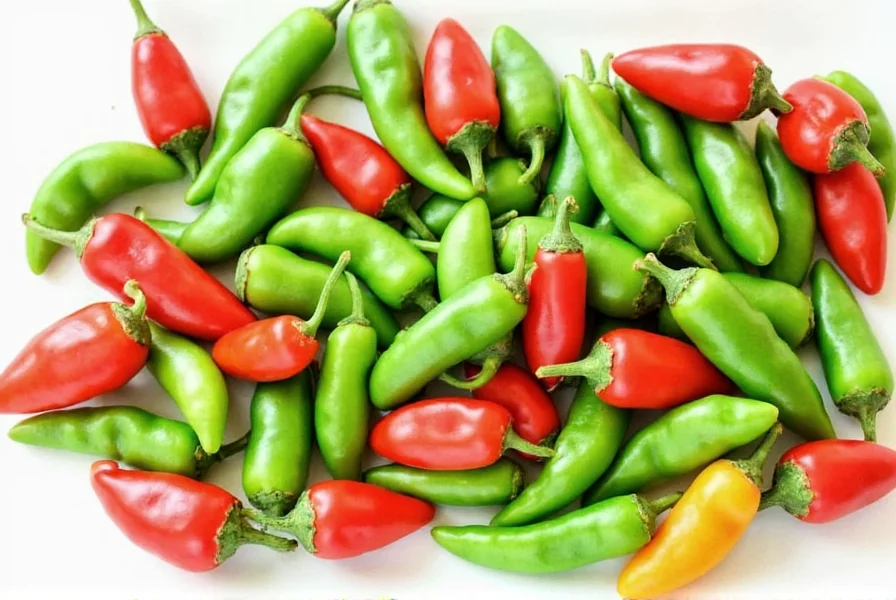If your chili is too spicy, here are the top 5 science-backed solutions to fix it instantly:
- Add dairy: Milk, yogurt, or sour cream neutralizes capsaicin thanks to casein protein.
- Add sugar or honey: A pinch balances heat without overpowering flavor.
- Dilute with broth or tomatoes: Add non-spicy ingredients to reduce concentration.
- Use starchy foods: Rice, potatoes, or cornmeal absorb excess heat.
- Add acid: Lime juice or vinegar cuts through burn and enhances balance.
The Science Behind the Spice
The burning sensation comes from capsaicin, a fat-soluble compound in chili peppers that triggers heat receptors. Water won’t help—dairy is effective because casein binds to capsaicin and washes it away. Here’s how Scoville Heat Units (SHU) measure pepper intensity:
| Pepper | Scoville Heat Units (SHU) | Common Use |
|---|---|---|
| Bell Pepper | 0 SHU | Sweet flavor, no heat |
| Jalapeño | 2,500–8,000 SHU | Mild to moderate heat, common in salsas |
| Habanero | 100,000–350,000 SHU | Intense heat with fruity undertones |
| Ghost Pepper (Bhut Jolokia) | 1,000,000+ SHU | For extreme spice lovers only |

Adjusting Heat While Cooking
Prevent over-spicing by starting small and tasting gradually. Key tips:
- Wear gloves when handling chilies to avoid skin irritation.
- Remove seeds and white membranes—they contain 80% of the capsaicin.
- Toast dried chilies gently to enhance flavor without boosting heat.
How to Avoid Making It Too Spicy Next Time
- Use milder peppers like ancho powder instead of cayenne.
- Blend hot and mild peppers for balanced heat.
- Make a small test batch before cooking the full recipe.
- Keep dairy or sugar nearby during cooking for emergency adjustments.
Frequently Asked Questions
How do I fix chili that's too spicy immediately?
Add dairy (milk, yogurt, or sour cream) to neutralize capsaicin, a pinch of sugar to balance heat, or dilute with broth or tomatoes. For instant relief, serve with plain rice or Greek yogurt.
Why does dairy help reduce spiciness in chili?
Dairy contains casein, a protein that binds to capsaicin and washes it away from nerve receptors. Since capsaicin is fat-soluble, water is ineffective—dairy is the most scientifically proven solution.
Can I remove seeds after my chili is already too spicy?
Once cooked, seeds have already released capsaicin into the dish. Your best options are to dilute with non-spicy ingredients or use dairy/sugar to counteract heat. For future batches, always remove seeds and membranes before cooking.
Does sugar really reduce spiciness in chili?
Yes, a small amount of sugar or honey (start with 1/2 teaspoon) counteracts capsaicin perception on your tongue. It works best in tomato-based chilies but use sparingly to avoid sweetness.
How can I prevent chili from becoming too spicy next time?
Start with half the recommended chili amount, remove seeds and membranes, and use milder varieties like ancho powder. Always do a taste test 15 minutes before serving, as heat intensifies during cooking.
Conclusion
Mastering chili heat is simple with science-based techniques. Whether fixing a dish mid-cook or preventing future issues, these solutions ensure perfect flavor balance. Remember: spices should enhance—not overwhelm—your cooking experience.










 浙公网安备
33010002000092号
浙公网安备
33010002000092号 浙B2-20120091-4
浙B2-20120091-4